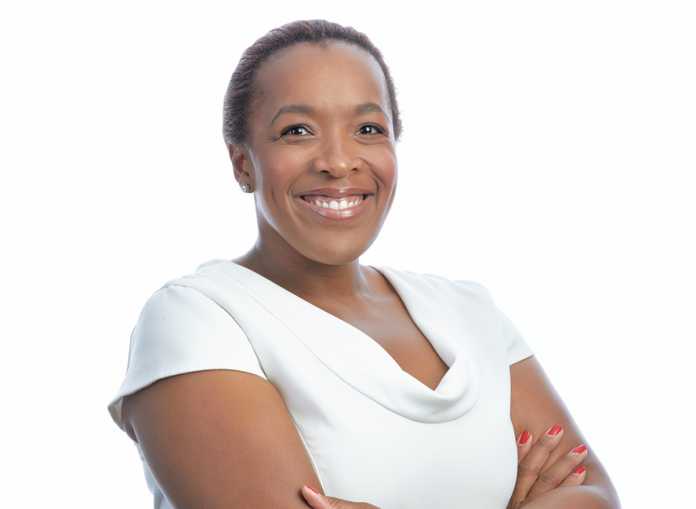By Refilwe Maluleke, Managing Director at Yellowwood
In the film “Field of Dreams” an out-of-luck farmer played by Kevin Costner sees a vision for a baseball field in his cornfield. He builds the baseball field from his vision spurred by the voice telling him that if he builds it, “they” will come. Before long, dead baseball players take to the field and Mr Costner’s character wins all his detractors to his vision.
The same adage applied to business hasn’t seen such a happy ending and has proved to be one of the biggest marketing fallacies of all time.
Ford invested some USD400 million in its Edsel model introduced in 1957 and taken off the market three years later as it literally didn’t go anywhere. Americans in those days were looking for smaller, more fuel efficient cars. In the 1980s, RJ Reynolds’ experiment with smokeless cigarettes actually went up in smoke along with its USD325 million investment.
Despite mounting evidence, the world of business is replete with examples of companies that aim for the same happy ending as the movie, failing to realise that movies have one director that decides how it must end while in the real world every customer is that director.
Netflix uses an army of designers, data scientists, and product specialists who control algorithms that recommend content to its users around the world. The team analyses how subscribers click, watch, search, play, and pause, and uses the data to fine-tune the company’s mostly invisible personalisation technology that decides which titles appear on your Netflix homepage. In reality its Netflix that decides how you chill!
Traditionally, brands segmented their markets using demographic and/or psychographic data, categorising customers in silos of Living Standard Measures and then used the lowest common denominator to inform their go-to-market strategy.
The world today is hyperconnected – any check-in’s, relationship status changes, baby bumps and showers, bachelor parties, new holidays and memories all feed into algorithms that track you. No one is anonymous. Despite growing concerns around privacy, customers want to be treated as “individuals” and they are gravitating towards platforms and companies that understand and offer this.
The shift to a more individualised society that values experiences more than goods has resulted in a strong drive towards personalisation. People are taking longer to move out of home, choosing to get married and have children later if at all, and living longer, healthier lives.
These shifts have created the time and resources to lead a life much more focused on meeting individual needs rather than those of our families or employers. The rise of this more self-serving society has driven the application of technology to deliver much more personalised experiences.
In the world of advertising personalisation lives on a broad spectrum, it can mean behavioural targeting developed into a fine art by Google, the creative use of social data such as Facebook, the kind of collaborative filtering practised by Netflix, or a combination of any of these. The risk is that human desires cannot always be accurately predicted by machines and inaccurate assumptions can easily exasperate customers. For example Urban Outfitters in the US experimented with simple gender personalisation showing women’s clothes to women and men’s clothes to men, only to find it ticked the annoyance box amongst women who also shopped for their husbands and boyfriends and vice versa.
If we look beyond advertising there are some very good examples of brands that are using data to drive a more personal experience for customers. Whether you want to inspire consumers to go and buy your product, provide them with an unparalleled experience or even go as far as customising that experience – brands are using myriad of approaches that push insight into actionable and achievable ideas.
NIKEiD for example allows customers to design their own products based on a wide range of options and have them delivered within 3 – 5 weeks. This offering is now extended to one of their other brands, Converse. This has required Nike to develop strong direct-to-customer (DTC) purchasing and delivery channels, something that had previously been handled predominantly by retailers. In 2017, DTC sales contributed as much as 30% to Nike’s revenue.
Another approach is to build customisable software into your products that can offer personalised advice. Oakley partnered with Intel to create the Radar Pace training sunglasses with built-in earbuds that respond to voice commands. They have a virtual coach that offers personalised data, guidance and encouragement during your workout. A significant benefit of this approach is that it builds credibility through demonstrable expertise in addressing a genuine customer need.
A third approach is to sell standardised goods but offer them in customised packages. A brand that has been doing this successfully is L’Oreal. In 2014 the company launched the ‘make-up genius’, an app using Augmented Reality (AR) technology to allow users to scan their faces and experiment with L’Oreal’s vast range of make-up products. Users can try individual products or complete looks, as well as make in-app purchases.
With over 20 million users globally and product trials up by more than 65 million in 2015, L’Oreal may not be making unique products for individuals, but the ability to customise a basket of goods, creates a feeling of personalisation. Commerce has followed customisation, as sales rose by as much as 36% in 2017.
Data is abundant and offers a world of opportunity, but brands have to earn customer data by providing a form of a value and a highly personalised experience is seen as valuable to customers. In deciding what to pursue brands need to evaluate the risk and rewards of doing it well versus getting it wrong – and, moreover, the risk of not doing it at all.




















































































